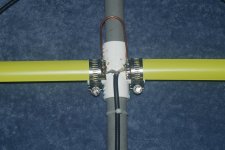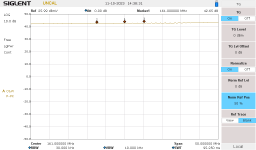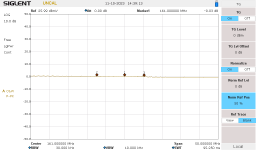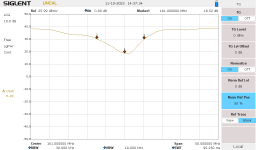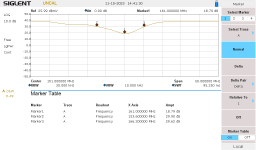It was asked if I noticed changes in the pattern of the interference with any weather changes. Up to a couple of weeks or so ago, there wasn't since there weren't any real changes in the weather,
but,
from last weekend to now the interference has completely stopped, or at least drifted outside of the frequency area of interest. Nothing as far as I can tell. The temperature has dropped 20+ degrees overall 4 or 5 days ago and we have had some, but not much rain. Before, we were in a dry spell and in the upper 80's during the day. Now it's mid fifties and mid 40's at night.
That can't just be coincidence. Any thoughts on this??


